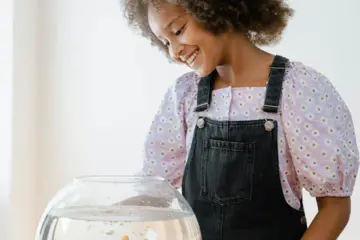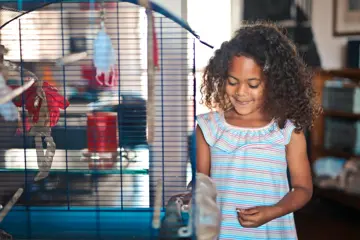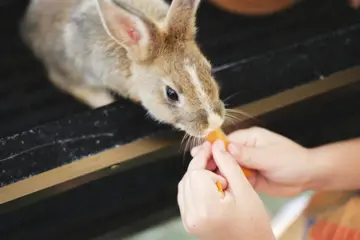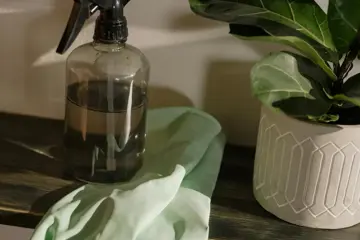Fish
Fish are the most kept pet in the UK. On first thought, you may assume they do not present any perceived risk to children. However, what does need to be considered is the environment, such as the risk of a child careering into the tank, or young children getting into the tank. The presence of fishponds and the potential of drowning will need serious consideration. Ponds will be assessed as part of the general home safety check. The chemicals used in water purification and cleaning need to be kept safely out of harm’s way. The fish tank can be a breeding ground for salmonella. so a precaution ensuring the washing of hands is essential.





